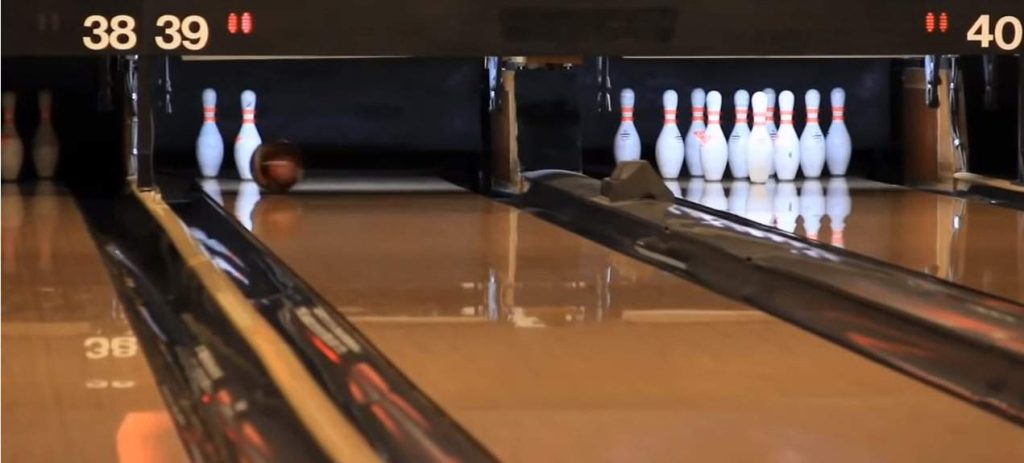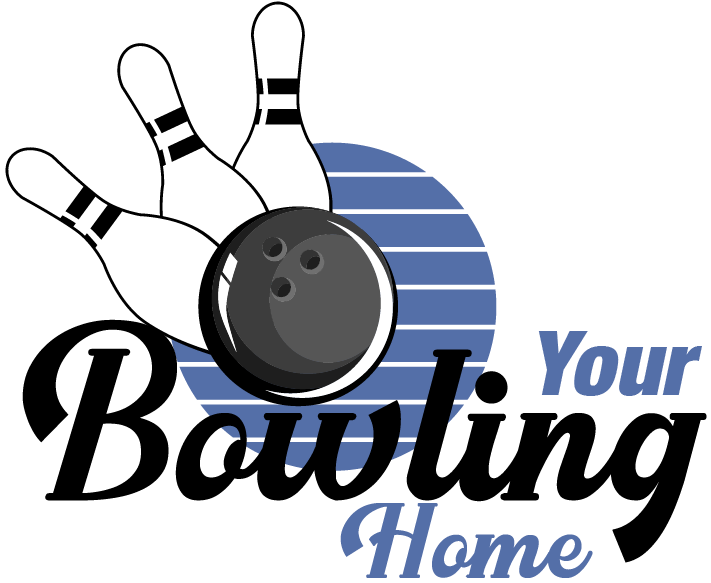Step into the immersive world of duckpin bowling, a timeless game embraced by nostalgia. While the name has the word duck in it, the game itself has nothing to do with our feathered friend. It is a simpler form of bowling compared to its more complex, mainstream cousin.
Due to the smaller pins and balls, this charming game comes with its own set of challenges that require you to be more precise with your bowling. Duck ball bowling is notorious for leveling the playing field.
Anyone can master the game, regardless of age, gender, and fitness, as long as they figure out how to bring down those ten squatty pins.
Unearthing the Magic of Duckpin Bowling

Duckpin bowling is a variant of ten-pin bowling, differing mainly in ball and pin size. Players use a ball slightly larger than a softball to knock down smaller, lighter pins.
The goal is to knock down as many pins as possible in ten frames, with three rolls per frame. The smaller balls and pins make the strikes more challenging despite the extra roll.
Each pin knocked down earns you ten points, and knocking them all down in one roll earns a strike. Knocking all ten in two rolls earns a spare.
The compactness of the ball and pins adds to the fun as well as the difficulty of the game, as players aim to maximize their score with precision and skill.
How is Duckpin Bowling Different From Regular Bowling?
In duckpin, the balls are notably smaller and heavier compared to those in ten-pin bowling. The size ranges from 4 ¾ to 5 inches in diameter and weighs between 3 lb and 6 oz to 3 lb 12 oz. Unlike ten-pin balls, duckpin balls also lack finger holes.
Although the arrangement of the pins mirrors that of ten-pin bowling, forming a triangle, duck bowling pins are shorter and lighter(despite the stout form). This poses a greater challenge for achieving strikes with the smaller ball.
Just like candlepin bowling, duckpin bowlers are granted three rolls per frame. Scoring follows the conventions of ten-pin bowling: a strike occurs when all pins are knocked down in the first roll, earning ten points plus the total of the next ten rolls.
A spare is achieved by clearing all pins in two attempts, adding ten points plus the subsequent roll’s pin count. Finally, if all pins are downed with three rolls, it is counted as ten points.
Why Do They Call It Duckpin Bowling?
Duckpin bowling origins are much debated. Two different tales narrate that it originated in Baltimore. One story says it came to being around the early 1900s in Diamond Alleys, a multi-purpose establishment managed by Frank Van Sant.
Van Sant introduced the game with small pins crafted by a wood maker named John Dittmar. Players nicknamed them “duck pins” because they resembled flying ducks when the ball hit them.
The other story credits the billiards and pool hall owned by baseball Hall of Famers John McGraw and Wilbert Robinson as the true origins of duckpins.
At the turn of the 20th century, the two baseball players, who also loved hunting, enjoyed bowling in their establishment. Once remarked that when the ball hits the stout pins, it looks like a flock of ducks taking flight.
Despite its early beginnings, it wasn’t until 1953 that Ken Sharman invented the automatic pin setter, revolutionizing the game’s accessibility and popularity. This innovation remains a fixture in duckpin bowling establishments even today.
Notably, in 1982, the Women’s National Duckpin Association was established, providing female players with equal opportunities to compete professionally in the sport.
From its humble beginnings in a Baltimore alley to the invention of modern equipment and the establishment of professional leagues, duckpin bowling has evolved into a beloved pastime enjoyed by enthusiasts of all ages.
How Do You Play Duck Pin Bowling?
Duckpin bowling follows the same rules as ten-pin bowling, with slight variations that make it more interesting. In a standard ten-frame game, players aim to knock down pins in as few rolls as possible.
But unlike ten-pin bowling, where players have two rolls per frame, duckpin bowlers are allowed three rolls per frame to topple a set of ten pins.
Achieving a strike by clearing all pins with the first roll earns the bowler ten points plus the total of the next two rolls, with a maximum potential score of 30 points.
A spare is attained by clearing all pins within two rolls, adding ten points plus the subsequent roll’s pin count. If all pins are downed in three rolls, the score is ten points, with no bonus points.
Duck pin bowling lanes share the same dimensions as ten-pin lanes but feature smaller gutters.
The maximum score of 300 points, attained by rolling 12 consecutive strikes, remains elusive to even professional players in official competitions.
An average game between two players lasts 30 minutes, which goes by quickly.
Do You Need Bowling Shoes for Duckpin?
Duckpin bowling offers the advantage of not requiring any specialized shoes worn by numerous others over time.
While certain lanes might offer the choice to wear their shoes, bringing your footwear is permitted as long as they have soft soles and closed toes to ensure they’re lane-friendly.
Final thoughts
Duckpin bowling is a unique and enjoyable variation of the traditional game. It is differentiated by its smaller pins and balls and challenges players with fun, precision, and finesse.
Originating in the United States, Duckpin bowling offers a unique experience while fostering a sense of community and friendly competition.
This beloved pastime is distinctive because it is accessible to people of all ages. It embodies the timeless joy of friendly competition nestled in nostalgia.
